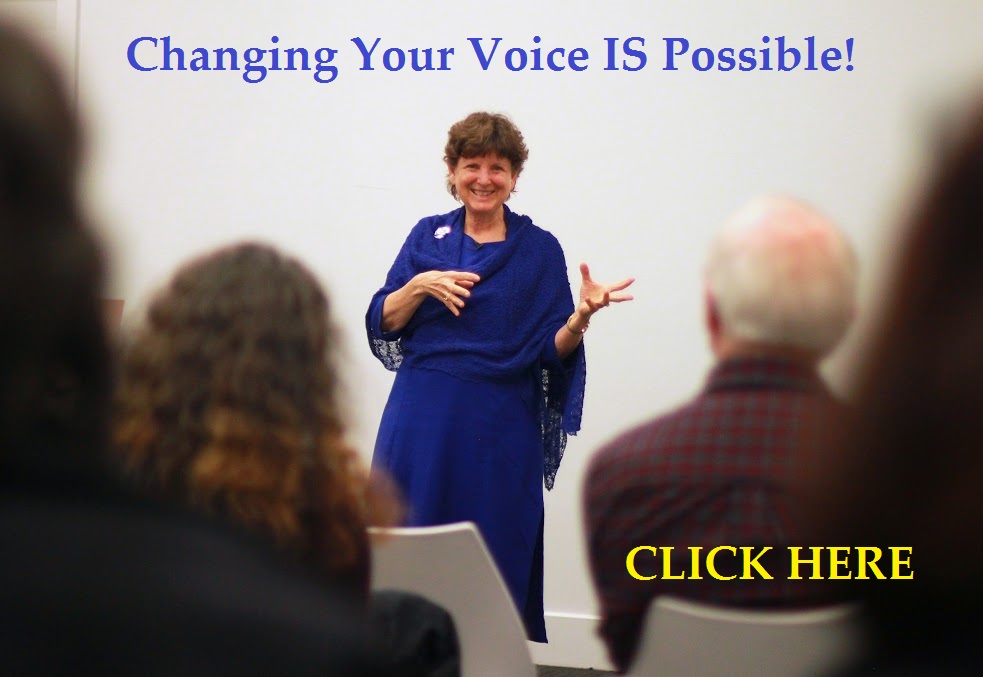 “I don’t like the sound of my voice, especially on a recording”
“I don’t like the sound of my voice, especially on a recording”
This is a very common complaint. I don’t think I’ve met anyone who, after listening to their recorded voice for the first time, said “Wow, what a great voice I have!” Listening even to one of your own voice messages can be a humbling experience, because you suddenly realize what your voice really sounds like.
Although this can be discouraging, there’s no need to despair. First of all, you have to realize that what you hear when you speak is not the same as what others hear, because you hear your voice not only from the outside, but from the inside as well. Of course, what you hear on the inside sounds fuller and richer due to the resonance within your sinus cavities.
Once you begin the process of learning how to use your voice correctly, you will find that gradually your sound becomes deeper and richer in overtones. It’s like adding an extra sounding board to a string instrument. All of a sudden, sounds that were thin and weak become alive with resonance and beauty. As your voice develops, and you learn to relax your throat more completely, you unfold the natural potential of your sound, allowing your voice to convey more clearly who you are and what you seek to communicate. When this happens, you will automatically start to like the sound of your voice, because you will find it more and more suited to give depth and resonance to what you have to say.
If you make your living as a speaker, teacher, salesman, preacher, counselor, or something similar, you belong to the category of professionals for whom the voice can make a huge difference in their work. Especially if you do much work using the telephone, your voice can become one of your best tools for conveying trust, honesty, and integrity.
“Your voice is your personal trademark. It serves as a calling card, presenting you and your ideas and your personality to a judgmental world.” (Dr. Morton Cooper, Ph. D, speech and voice doctor)
Here’s an exercise that will help improve the sound of your voice*
Stand or sit upright. Become aware of your shoulders and make sure they’re relaxed, away from your ears. Inhale gently and slowly through your nose, inflating your midsection and making sure your shoulders stay relaxed. Then exhale gently and slowly through your mouth, feeling the midsection slowly deflate. Repeat 3-5 times. Now inhale again as before; as you exhale, make a prolonged humming sound “hmmm” followed by “aaaaaaah”, as your midsection slowly deflates. It’s very important that you keep your lips relaxed while humming. You should feel a buzzing sensation there. When you switch to “aaah” you should just lower your jaw. Don’t tense your throat or lips.
The purpose of this exercise is to bring more rsonance into your face (mask). This accomplishes two things: it makes your voice louder, richer, and smoother. It also takes tension away from the throat, making it possible to speak without getting tired.
*Special tip: Don’t pick a note that’s too low in pitch. Any note above C3 (for guys) and C4 (for women) would be ideal.

 by Ramesha Nani
by Ramesha Nani